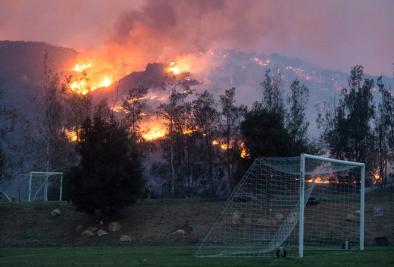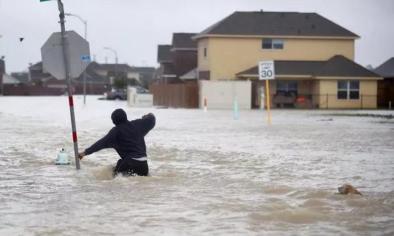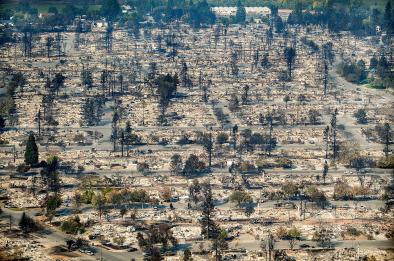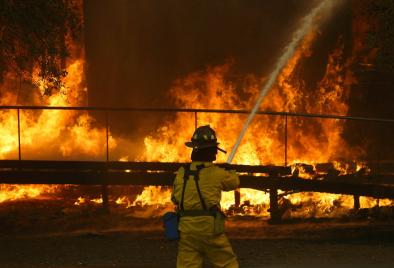Northern California is facing catastrophic wildfires more typically seen in the south. Experts aren't sure why
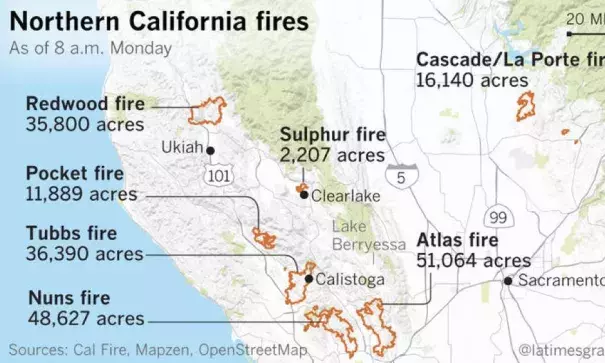
Block after block of tidy housing tracts reduced to heaps of ash. Death counts in the double digits. Homeowners numbly poking through the ruins of domestic life.
California has seen this before.
But the harrowing images of loss and destruction usually come out of the south.
“These kinds of fires and the losses are very uncharacteristic of that part of the world,” University of California fire specialist Max Moritz said of the firestorm that ignited in Northern California last week, killing dozens of people and torching thousands of homes.
“It has all the signatures of a massive, Southern California Santa Ana wind event,” he said.
Driven by hot, dry winds blowing a sustained 50 mph, the Tubbs fire — one of the most destructive of the wine country blazes — chewed across a small mountain range in a few hours on the night of Oct. 8 and roared into northeastern Santa Rosa.
Local officials estimate the city of 177,000 lost nearly 3,000 homes, or roughly 5% of its housing stock. Even big-box stores and a Hilton hotel next to Highway 101 went up in flames.
...
Hot, dry winds from the interior are not uncommon in Northern California. The Bay Area’s version of the Santa Ana winds are called Diablo winds, the kind that drove the 1991 Tunnel fire in the Oakland hills, leaving 25 dead and leveling 2,900 buildings.
But in the grim record of the state’s worst wildfires, that was an outlier.
Until last week, 13 of the 20 most destructive — and 16 of the 20 deadliest — wildfires in modern state history occurred in Southern California.
...
“How much of this is climate change? Was some of this left over from five years of drought?” he said. “How much of this is because we’ve built increasing numbers of homes and communities in relatively fire-prone landscapes?”
The last is unquestionably a factor.
...
Kane predicted that with global warming, “our ability to suppress these kinds of fires — even up here in the northern part of California — is going to be more challenging.
“If there’s an imaginary line of what climatically separates Northern and Southern California,” he said, “it’s probably getting pushed farther north.”
Related Content
